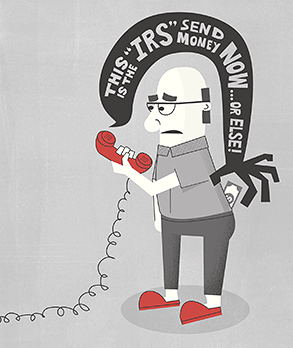There is an increase in voice calls exploitation incidents that aim to steal money. According to the responses of more than 2,000 consumers and 300 business professionals, 75% of Americans surveyed were targeted by scammers over the past 12 months. In 2020, more than 50 billion spam calls were made to Americans and more than 157 billion spam calls were made in North America and Europe – 58% of which were fraudulent. Here are the stats:
- 40% of all respondents reported losing money to phone scams in 2020;
- more than 7% of Americans reported losing more than $500 to phone scams last year
The opinions expressed in this post belongs to the individual contributors and do not necessarily reflect the views of Information Security Buzz.



